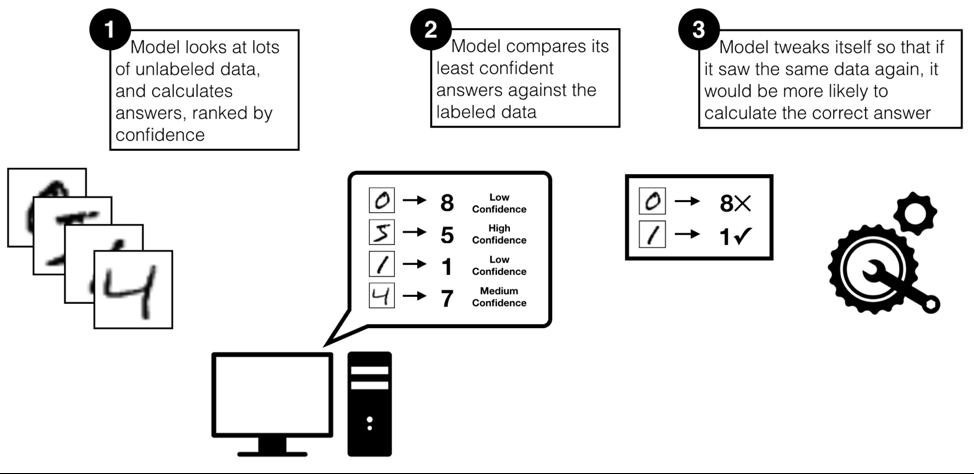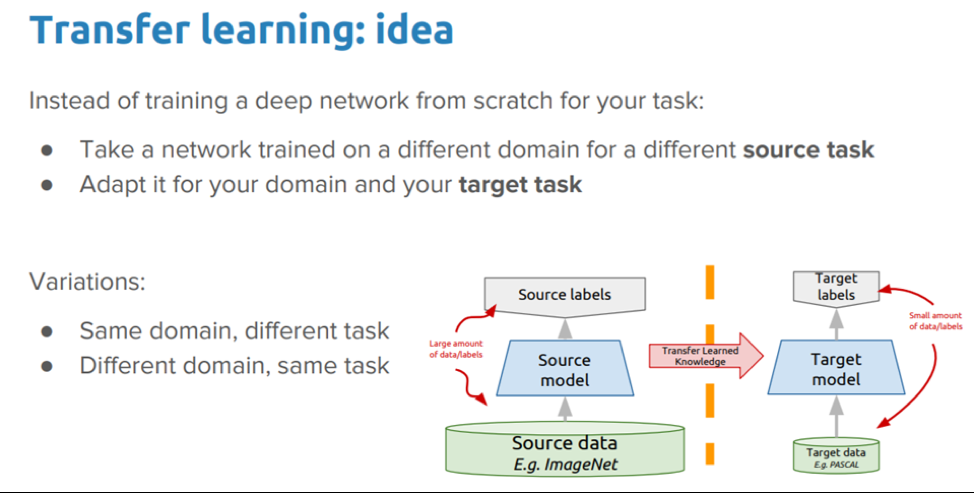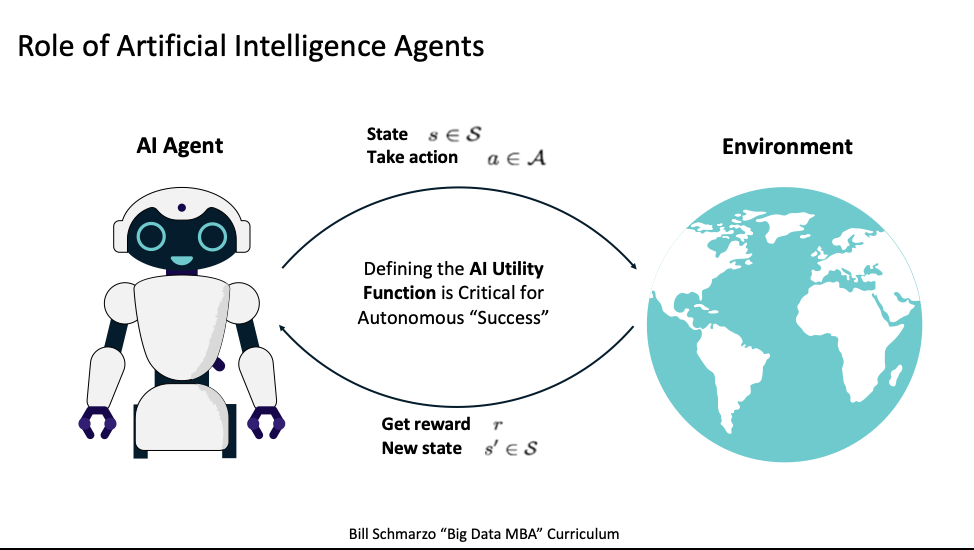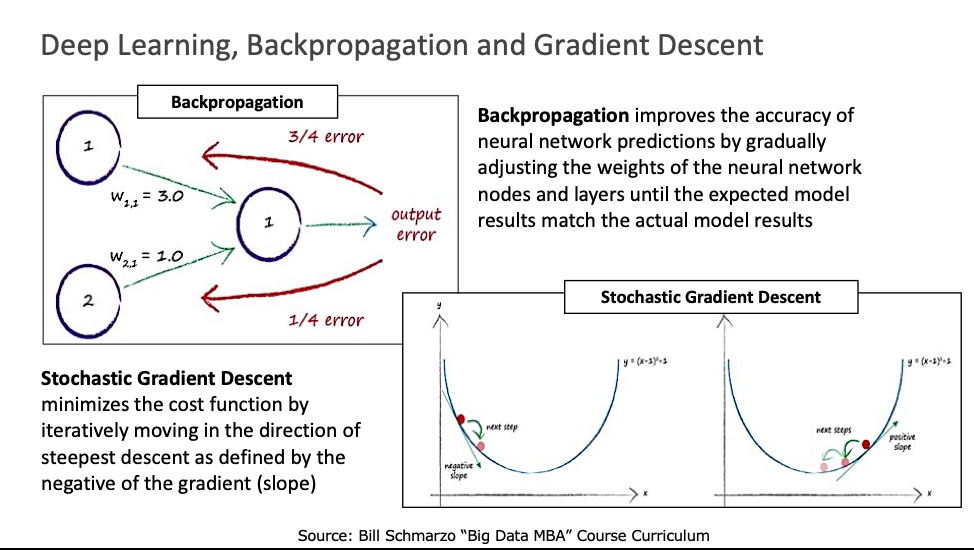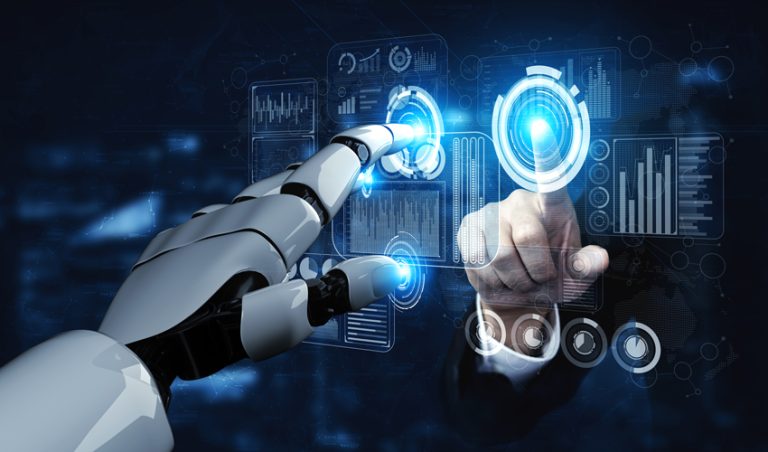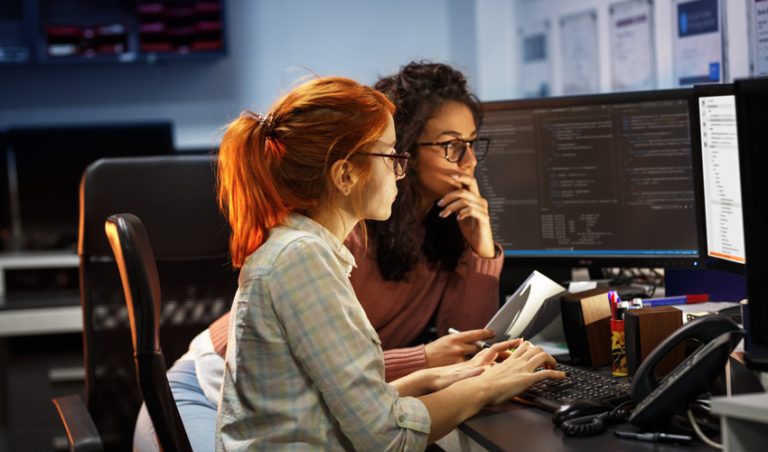The “Economies of Learning” are more powerful than the “Economies of Scale”
This may be my most powerful concept (outside of the Schmarzo Economic Digital Asset Valuation Theorem and the Big Data Business Model Maturity Index) with respect to leveraging data and analytics as the catalyst for economic growth and value creation in the 21st century. In knowledge-based industries, the economies of learning are more powerful than the economies of scale. And soon, every industry will be a knowledge-based industry.
With respect to mastering the “economies of learning”, organizations need to master both 1) machine and 2) human learning; that is, organizations need to empower both machine and human continuously-learning and adapting in order to reinvent operational models, dis-intermediate customer relationships and disrupt business models (see Figure 1).
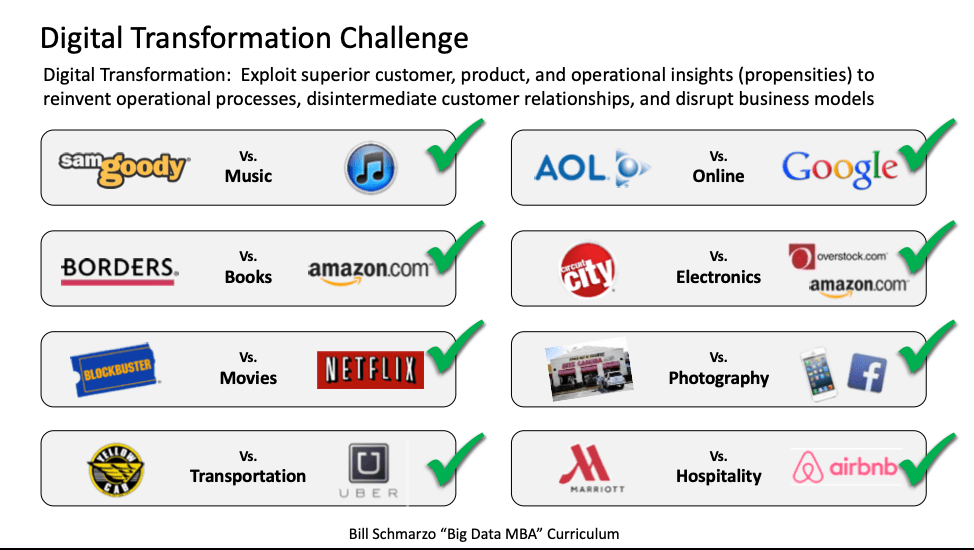
Figure 1: Digital Transformation Challenge
Economies of learning are derived from the learnings or know-how captured, shared, re-applied and refined through hands-on deployment on a use case-by-use case basis. Here’s a drill down into both machine and human learning.
Learning How Machines Learn
Here are a few of the more common techniques for how machines leverage AI / ML to learn.
Active Learning
Machine learning models are basically guess-and-check machines — they look at some data, calculate a guess, check their answer (outcome), adjust a little bit, and try again with some new data using techniques[1]. The key to an effective machine learning model is access to accurately labeled data (outcomes). Sometimes that requires the expertise of human subject matter experts (SME’s) to properly label the data. Active Learning uses mathematical techniques to prioritize what data the SME needs to label given the current state of the analytic model. Active Learning optimizes the human-machine collaboration to accelerate machine learning (see Figure 2).
Figure 2: Prioritizing the Data Labeling that Require Human SME Assistance
Transfer Learning
Transfer Learning is a technique whereby a neural network is first trained on one type of problem and then that model’s “learning” is “transferred” to similar problem with only minimal training. Transfer learning seeks to share and re-use the Neural Network knowledge (weights and biases) gained while solving one problem and re-applying that learning to a different but related problem. For example, knowledge gained while learning to recognize cars could apply when trying to recognize trucks or tanks (see Figure 3).
Figure 3: Source: “A Comprehensive Hands-on Guide to Transfer Learning”
Reinforcement Learning
Reinforcement Learning uses trial-and-error to map situations to actions so as to maximize rewards while minimizing penalties. Reinforcement Learning uses an autonomous “AI Agent” to discover or learn a successful strategy through experimental trial-and-error within the bounds of a certain operational situation (see Figure 4).
Figure 4: AI Agent interacts and learns and adapts based upon that interaction
Reinforcement Learning learns by replaying a certain situation (a specific game, vacuuming the house, driving a car) millions of times. The program is rewarded when it makes a good decision and given no reward (or punished) when it makes a bad decision. This system of rewards and punishments strengthens the AI / ML model connections (weights and biases) to eventually make the “right” moves without programmers explicitly programming the rules into the game. Yep, Reinforcement Learning is like playing the kid’s game of Hotter-Colder (except I don’t remember punishment being part of that game).
Meta-learning
Meta-learning is a subfield of machine learning where automatic learning algorithms are applied to the metadata of machine learning experimentation. Meta-learning seeks to teach machines “how to learn” by designing algorithmic models that can learn new skills or adapt to new environments rapidly without requiring massive test data sets.
Meta-learning leverages important AI and deep learning concepts such as backpropagation and stochastic gradient descent in order to create systems that can “learn to learn” (see Figure 5).
Figure 5: Deep Learning, Backpropagation, and Gradient Descent
Learning, It’s Not Just for Machines
Surprise! Humans – like machines – can continuously-learn and adapt as well. But it requires creating a culture that not only encourages diversity of perspectives, but also empowers teams within a culture of continuous learning through trying, failing, learning and trying again.
The organizations that are going to survive in a world of constant transformation are those organizations where executive leadership focuses first and foremost on empowering the front-line teams – those teams at the point of customer and/or operational engagement – to continuously-learn and adapt more quickly than their competition. And that means moving away from “organizational boxes” to “empowerment swirls” that enable organizational improvisation.
Organizational Improvisation or improv is an organization’s ability to move members in and out of teams while maintaining the operational integrity and effectiveness of those teams.
Like a great basketball team or a great soccer team or a great jazz quartet, those teams that win are those teams that leverage diversity and embrace organizational improvisation. The key aspects to empowering teams and supporting organizational improv include (see Figure 6):
- It takes a team to win the game. The more diverse the team with different perspectives, capabilities, and tools, the better. Build your team based upon potential capabilities rather than on current capabilities. Invest in the future.
- Discovery and Learning is a highly non-linear process. The path to discovery is not a straight line. There will be times where you will need to double back to previous situations or problems to gather learnings and insights that you were not capable of learning before.
- You must test different hypotheses throughout the game to find the ones that win. You can’t measure success by the number of hours played. Progress and success are achieved by successfully defining, testing, proving, and advancing hypothesis-by-hypothesis, where the learnings from the successful completion of one hypothesis guides the development of the next hypothesis.
- Failing is a natural way to learn. You will learn and get stronger with each interaction, but you will also fail along your journey. But failures provide a learning opportunity to better understand the deficiencies that you and your team need to address. If you aren’t failing enough, then you’re not learning enough.
- Everyone takes a turn leading. Everyone on the team must be prepared to lead depending on the situation. Be sure that everyone on your team has been trained and coached so that they are prepared to lead successfully when their time comes.
- Embrace ‘unlearning.’ Just when you think you have developed the necessary skills and capabilities, then you face a “wicked hard problem” and realize that all your planning was inadequate (everyone has a plan until they get punched in the face). The capabilities that help to overcome one obstacle, may be totally irrelevant to the next obstacle. Be prepared to let go of outdated approaches to learn new ones.
- Be prepared to start all over. You may find in the later levels of your journey that the team you have assembled and the capabilities that you have gained are insufficient for winning the final level. Sometimes your current strategy just tops out and you need to morph the team to include different perspective, capabilities and experiences. Hint: that’s the importance and power of nurturing organizational improvisation.
- Embrace diversity of perspectives. Be prepared to blend, bend and break apart different perspectives to overcome certain challenges. And surprise, sometimes it’s the combinations that you least expected that yield the most valuable and actionable insights.
- Nurture strong collaboration across the ecosystem. Finally, there will be many annoying villains along that path who are trying to hinder, slow down or kill your journey (just normal life in the corporate world). Build and nurture a strong collaboration across all of your constituents who can guide you and can even help you to win battles at critical points on the journey.
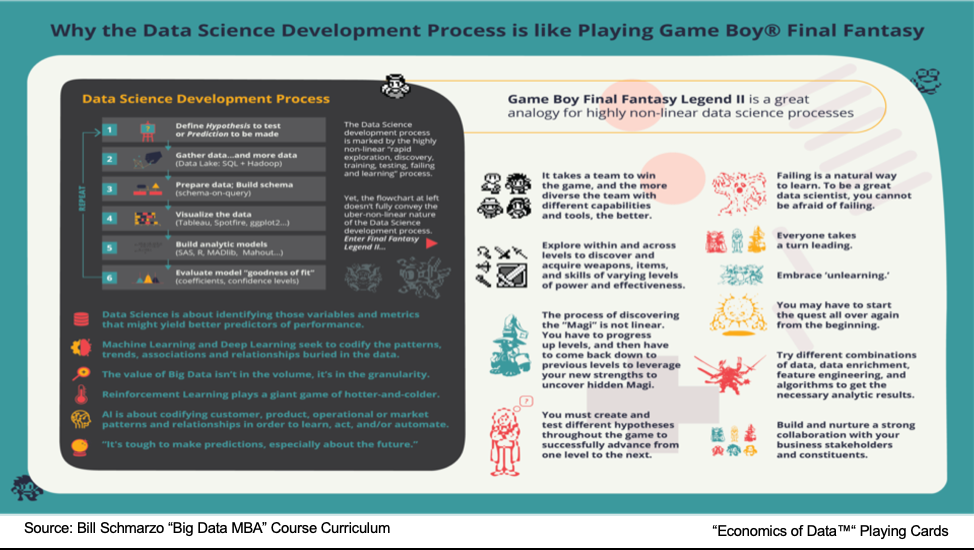
Figure 6: Why Data Science Development Process is like Playing Game Boy® Final Fantasy
Summary…
The “Economies of Learning” are more powerful than the “Economies of Scale”
In knowledge-based industries, the economies of learning are more powerful than the economies of scale, and soon, every industry will be a knowledge-based industry.
There are two important aspects of mastering the “economies of learning” to win the digital transformation wars – you need to master both 1) machine and 2) human learning. That is, organizations need to empower machine and human continuously-learning and adapting in order to reinvent operational models, dis-intermediate customer relationships and disrupt business models.
Check out Chapter 9 in my new book “The Economics of Data, Analytics, and Digital Transformation” for more details and examples for creating empowered teams that can continuously-learn and adapt, and win in a world of constant transformation.
Bill Schmarzo
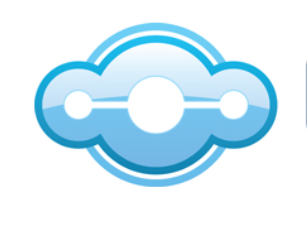
The ‘Cloud Syndicate’ is a mix of short term guest contributors, curated resources and syndication partners covering a variety of interesting technology related topics. Contact us for syndication details on how to connect your technology article or news feed to our syndication network.
